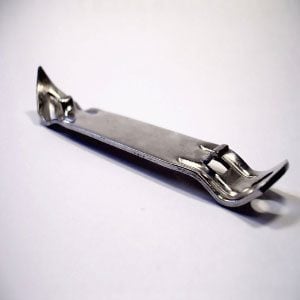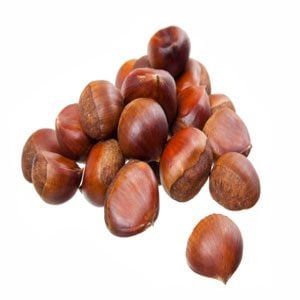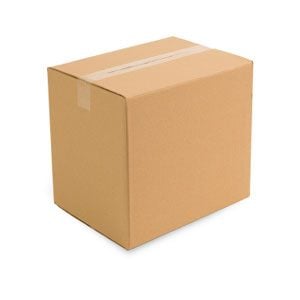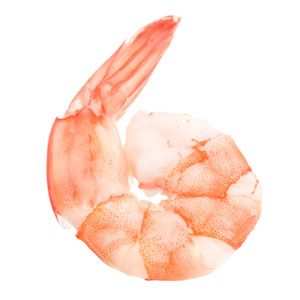
Often used for prying off lids or puncturing cans, the traditional bottle opener, also known as a Churchkey, became popular in the 1930s. Even though it’s a staple in nearly every kitchen the Churchkey is capable of more than most people realize. Here are 5 practical uses for your trusty bottle opener.

1. Remove Chestnut Shells
An easy way to remove the shells from chestnuts is to use the pointed end of a bottle opener to pierce the tops and bottoms of the shells and then boil the chestnuts for 10 minutes.

2. Cut Packing Tape on Cartons
Can’t wait to open that long-awaited package on your doorstep? If you don’t have a penknife handy, just run the sharp end of a bottle opener along the tape. It should do the job quite nicely.

3. Deploy as a Shrimp De-Veiner
If you don’t have a small paring knife on hand when you’re getting ready to de-vein a batch of shrimp, don’t worry. Just use the sharp end of a bottle opener. It just happens to be the perfect shape to make this messy chore a breeze.

4. Scrape the Barbecue Grill
Looking for an easy way to clean off the burned remnants of last weekend’s meal from your barbecue grill? If you have a bottle opener and a metal file, you’re in luck. Simply file a notch about 1/8-inch (3 millimeters) wide into the flat end of the opener and you’re ready to go.

5. Loosen Plaster or Remove Gout
It may not be the carpenter’s best friend, but the sharp end of a bottle opener can be handy for removing loose plaster from a wall before patching it. It’s great for running along cracks, and you can use it to undercut a hole – that is, make it wider at the bottom than at the surface – so that the new plaster will “key” into the old. The sharp end of the opener is equally useful for removing the old gout between your bathroom tiles before regrouting.